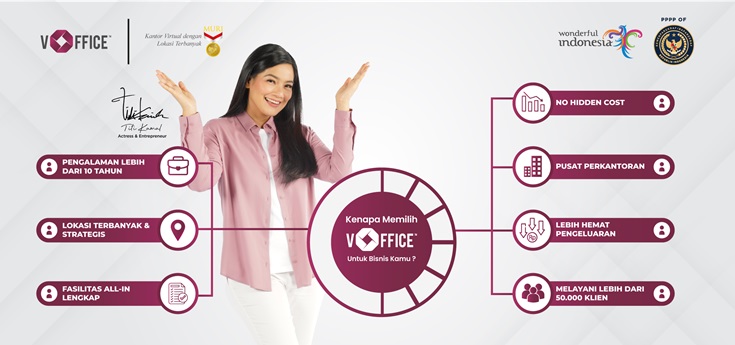Profit distribution in a Limited Liability Company (PT) is one of the most important aspects that shareholders need to understand. In a PT, profit distribution often serves as a basis for investment decisions and is a key factor influencing the company’s value.
Read Also: The Difference Between Public and Private PT: What’s the Difference?
Legal Basis of Profit Distribution in PT
Profit distribution in a PT is governed by Law No. 40 of 2007 concerning Limited Liability Companies. This law sets the rules and guidelines for companies in distributing profits to shareholders based on the proportion of shares they own.
Types of Profit in PT
- Net Profit: The profit obtained after deducting all operational costs, taxes, and other obligations.
- Dividends: A portion of the net profit distributed to shareholders.
- Retained Earnings: Profit retained by the company for investment or capital reserves.
Read Also: Advantages of a Limited Liability Company (PT)
How to Calculate PT Profits
Calculating a PT’s profit requires an understanding of the company’s revenue and expenses. Basic steps include:
- Totaling all revenues.
- Deducting all operational costs.
- Calculating profit before taxes.
- Deducting taxes to obtain net profit.
Dividend Distribution in PT
The General Meeting of Shareholders (GMS) plays a key role in determining the profit distribution policy in a PT. This policy greatly affects minority shareholders and shapes the company’s long-term strategy.
Read Also: State-Owned Enterprises (Perum): Definition, Characteristics, and Examples
Case Example
For example, PT XYZ decided to distribute 50% of its annual net profit to shareholders. This decision was made during the GMS based on stable financial performance and positive business prospects.
Factors Influencing Profit Distribution
Several factors influence profit distribution policies, such as the company’s financial performance, funding needs for investment, and current market conditions.
Benefits of Profit Distribution for Shareholders
Profit distribution provides direct financial benefits to shareholders and increases their confidence in the company’s management. It also serves as an indicator of the company’s performance in the eyes of investors.
Risks Associated with Profit Distribution
While beneficial, profit distribution also carries risks, such as reduced company liquidity and potential stock price declines if the company’s net profit decreases.
Alternative Profit Distribution Methods
Aside from dividends, companies can also opt for share buybacks or profit reinvestment to strengthen their financial position and increase company value.
Differences in Profit Distribution in PT Compared to Other Business Forms
Profit distribution in a PT differs from other business forms such as CVs or Firms due to limited liability for owners and a more complex capital structure.
Tips for Shareholders to Increase Profit
Shareholders should choose a PT with a clear profit distribution policy and a strong business strategy. Diversifying investments can also help maximize returns.
Profit distribution in a PT is a critical element that determines the investment value for shareholders. Understanding the related mechanisms and policies is crucial for making wise investment decisions.
If you intend to start or expand your business, you can rely on the services provided by vOffice. Our professional team is ready to assist you with various business needs, such as:
- Establishment of Limited Liability Company (PT)
- Establishment of Commanditaire Vennootschap (CV)
- Haki / Indonesia trademark registration
- Tax Consultation
- Virtual Office
- Office Space for Rent
- Meeting Room Rental
- Rent a coworking space
- and various other services.
Contact us now and get special offers!











